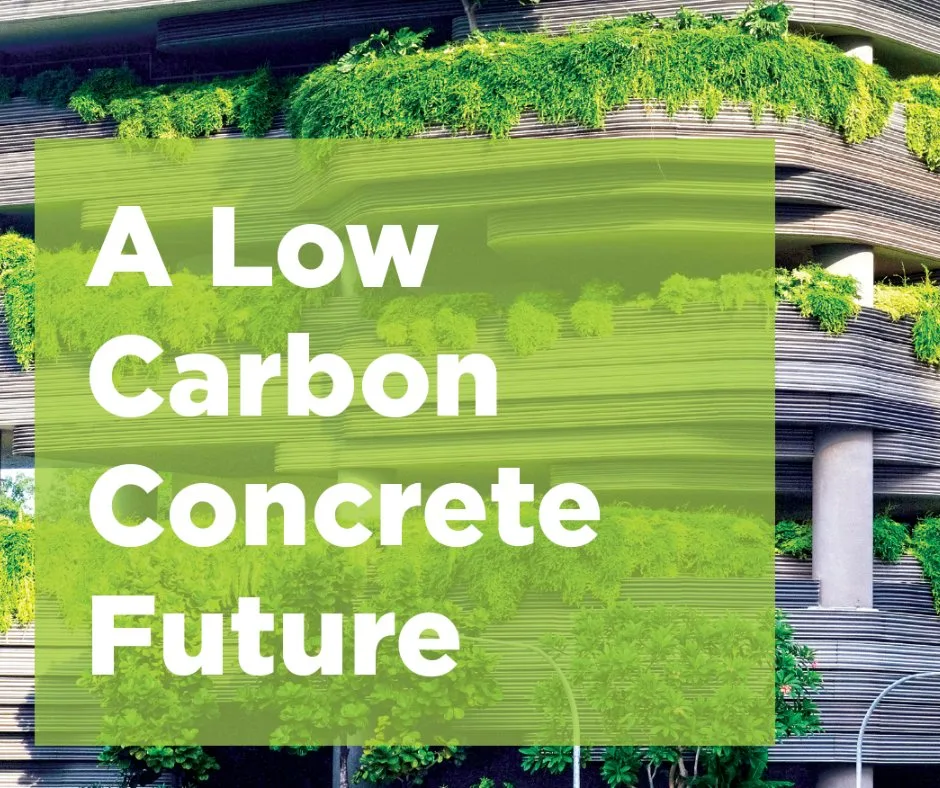St. Marys – Building fairness for every generation means taking real action to address the growing risk that climate change is having on the lives of Canadians while building a stronger, more sustainable economy of the future. Canada’s industrial pollution pricing system holds big polluters accountable to pay their fair share, while it helps Canada attract new major projects that are creating good‑paying jobs and build a clean economy.
Steven Guilbeault, Minister of Environment and Climate Change, announced the re-investment of up to $2.2 million of recycled industrial pollution pricing revenues to fund a major new emissions reduction project at St Marys Cement in St. Marys, Ontario.
With this funding, St Marys Cement Inc. (Canada), which is part of the Votorantim Cimentos group, is installing new speciality cement kiln infrastructure that uses lower-carbon fuels, including discarded plastics, to replace up to 30 percent of the high-carbon fuels required for the manufacturing process. The innovative technology will cut over 39,900 tonnes of greenhouse gas emissions in 2030, the equivalent of taking over 9,400 gas-powered cars off the road for a year. As members of Canada’s Net Zero Challenge, St Marys Cement is implementing their plan to transition their facilities and operations to achieve net-zero emissions by 2050.
This is just one of many projects funded through the industrial pricing system in Ontario and the revenue-return program called the Decarbonization Incentive Program (DIP), which re-invests revenues taken from heavy industry through the price on pollution and puts it toward eligible facilities for energy efficiency and emission-cutting projects. So far, the industrial pollution pricing program DIP has agreements in place to reinvest nearly $74.3 million into 18 emissions reduction projects in Ontario, resulting in 274 thousand tonnes of greenhouse gas emissions reduced in 2030—with many more projects to come. This return of proceeds is mobilizing Canada’s heavy industry emitters to contribute funds toward these decarbonization projects, resulting in a total investment of $337 million to further build Canada’s clean economy and create jobs.
Putting a price on pollution will deliver a third of the emissions reductions needed to achieve Canada’s climate change goals—avoiding tens of millions of tonnes of harmful carbon pollution. It fights pollution at the lowest cost to the economy and creates new markets and opportunities for clean technology and innovation in Canada.
“Pollution pricing works. We are holding heavy industry accountable for their pollution, re-investing those revenues into projects that create good jobs and cut pollution. The re-investment of up to $2.2 million of industrial pollution pricing revenues to St Marys Cement is just one example of how we have a plan that is building a cleaner, more sustainable future for all generations. This project not only benefits the community of St. Marys, Ontario, but helps build a more sustainable future for many generations of Canadians to come.” – Steven Guilbeault, Minister of Environment and Climate Change










